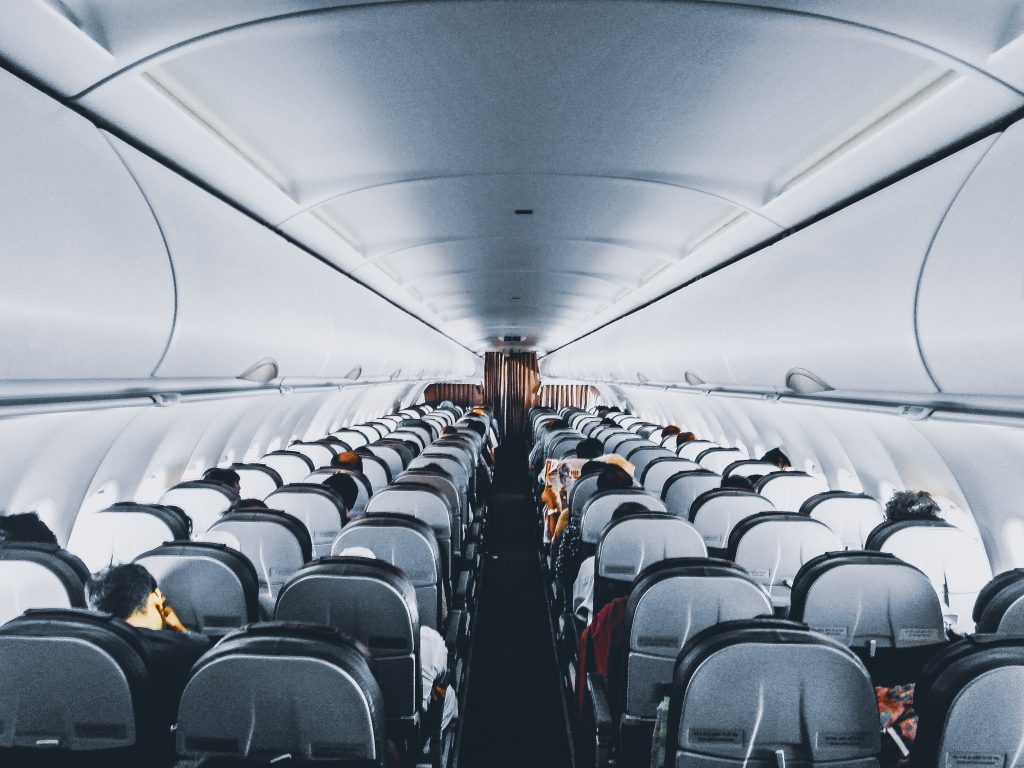Flying can be stressful, considering the possibilities of delays, check-in queues, and canceled flights. The stress can be dangerous for persons suffering from hypertension, as it can cause unpredictable spikes in blood pressure, making them unable to travel or dangerously sick during a flight. The following are tips to make flying easy and safe for people with high blood pressure.
Consult a Physician Before Travelling
Before you make any travel plans, consult a physician for a check-up and make sure to refill your prescription too. The physician is in the best position to give an accurate health assessment and advise on whether to travel or not.
Depending on the flight duration and difficulty, the physician may recommend traveling with an oxygen tank. In that case, make prior arrangements with the airline to provide one. If the doctor gives the go-ahead to fly, request a copy of the prescription. That will help when buying hypertension medication in other countries since brand names vary from one region to another.
Avoid Eating Salty Foods
Having food with too much salt causes an osmotic imbalance. The body, in response, retains more water, which causes a rise in blood pressure, as confirmed in this 2018 study. Therefore, when flying, it is best to keep away from salty foods.
A good recommendation is to carry snacks from home because most of those in a plane are usually salted. Additionally, drink enough water to stay hydrated. Dehydration places the body under stress to retain moisture, which causes an increase in blood pressure.
Avoid Taking Alcohol
Alcohol can directly or indirectly push up the blood pressure for a while before the body system can regulate it back to normal. While the sudden change in pressure may not affect persons with normal health, people with hypertension are likely to experience severe symptoms. Therefore, one should avoid drinking alcohol before or during a flight.
Carry Extra Medication
Sometimes flights may result in unexpected challenges like the mix-up or loss of luggage. It is important to be prepared for any eventuality. Carry extra high blood pressure medication in the carry-on bag in case the checked-in suitcase gets lost. Also, keeping other additional pills will cushion against delays and sudden extensions of the trip.
Walk Around in the Plane
Sitting for extended periods without movement during long flights increases the risk of developing Deep Vein Thrombosis (DVT). DVT manifests when a blood clot forms in the vein. The condition can be dangerous when the clot dislodges and gets stuck in the lungs or brain. To prevent DVT, walk around in the plane after regular time intervals to maintain normal blood flow.
Apart from walking, doing stretching exercises while seated from time to time can be helpful too. These include tilting the head repeatedly toward each shoulder, rolling the shoulders forward and backward, and twisting the ankles in circles.
Make Sure To Take Medication
Before flying, design a schedule to help with the taking of high blood pressure medication. It is easy to lose track of time during flights, which increases the risk of missing some doses. Therefore, bearing in mind the flight duration, mark off times when to take medication, and set reminders. When a reminder goes off, take the medication immediately. Do not postpone or hesitate because that will increase the risk of forgetting.
Get To the Airport in Time
Rushing to catch a flight can create immense stress and increase the heart’s work burden to match high oxygen demands in the body. To avoid all that, get to the airport hours before the time of departure. That will allow sufficient time to check-in. Moreover, if you live very far away from the airport, you should opt to check in to a nearby hotel the night before flying. That way, you are close to the airport and can make your way there easily.
With these tips flying does not have to be a challenging task for people with hypertension. By proper management and adequate preparation, one can minimize the possibility of a sudden spike in blood pressure. That leaves the traveler free from worry and anxiety so they can have a smooth flight.

